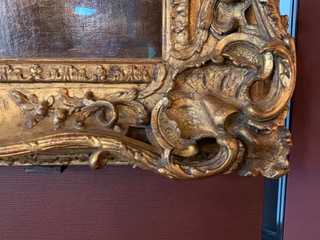Two Sargents One Constable
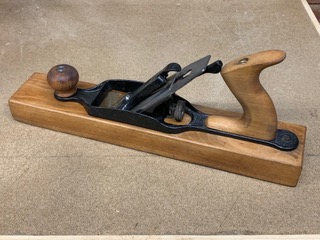
Our workshop has access to various vintage tools. Apart from a historical perspective they give insights into the development of tools and techniques. As we carry out Heritage work it seems appropriate to use, where possible, heritage tools. Today we’ll have a brief look at two Sargent Planes made in the USA. The first is a Sargent 3415 Wood Bottomed Jack Plane. This was patented in 1891 tho’ this version, a type 4, was likely made between 1919 and 1942. The Type 4 is identified by minor detail difference in the mechanism and body stampings. It has been tidied up in that rust has been removed, the mechanism lightly oiled and the blade sharpened. And of course it works quite well. It may need a little more tuning but that’ll become apparent through use. Here’s a picture of it from the Sargent catalogue.
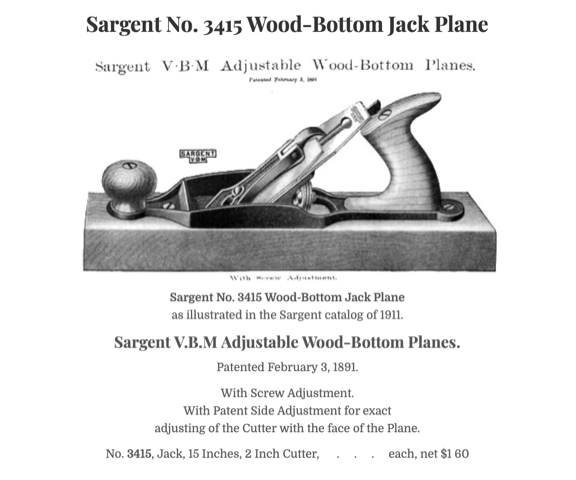
This plane is a little unusual in that it has a wooden body when most contemporary planes are made with metal bodies. Interestingly its stamped VBM which stands for Very Best Material. Looking at the wood grain orientation we conclude that the body was made with care as the wood was orientated for optimal performance.
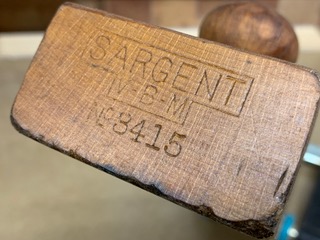
Different sizes of planes and blade sharpening techniques allow them to be used in different situations dependent on the carpenters job in hand. In general the longer planes are used for planing precise straight & flat joints, whereas the shorter models are handy for small detail work.
And here’s a Sargent block plane no.107 made between 1925 – 1947.
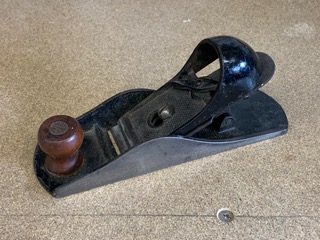
Here’s a picture of the 107’s advert. Note the prices charged on both adverts. $1.60 and $0.50.
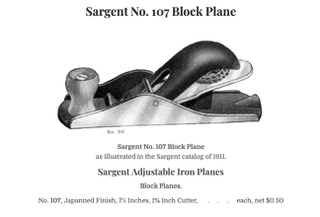
And Now for the One Constable
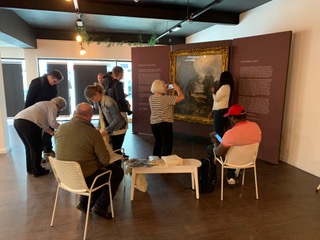
Until this Sunday in units 18-20 (the former Gather Cafe) of Dudley’s Churchill Centre is a temporary exhibition of Constable’s ’The Cornfield’. The exhibition is presented by the National Gallery and Dudley Council. Whatever one’s tastes in painting might be its worth a look as its part of our collective Heritage, and its the real thing as opposed to a print. Without the paintings that preceded it or those that followed it there’d be no pictorial heritage. Whilst most visitors looked at the picture we couldn’t but help notice the rather fabulous frame. Whilst there are many reference books on painters and their paintings we figure a few on the frame makers art would be quite illuminating.
